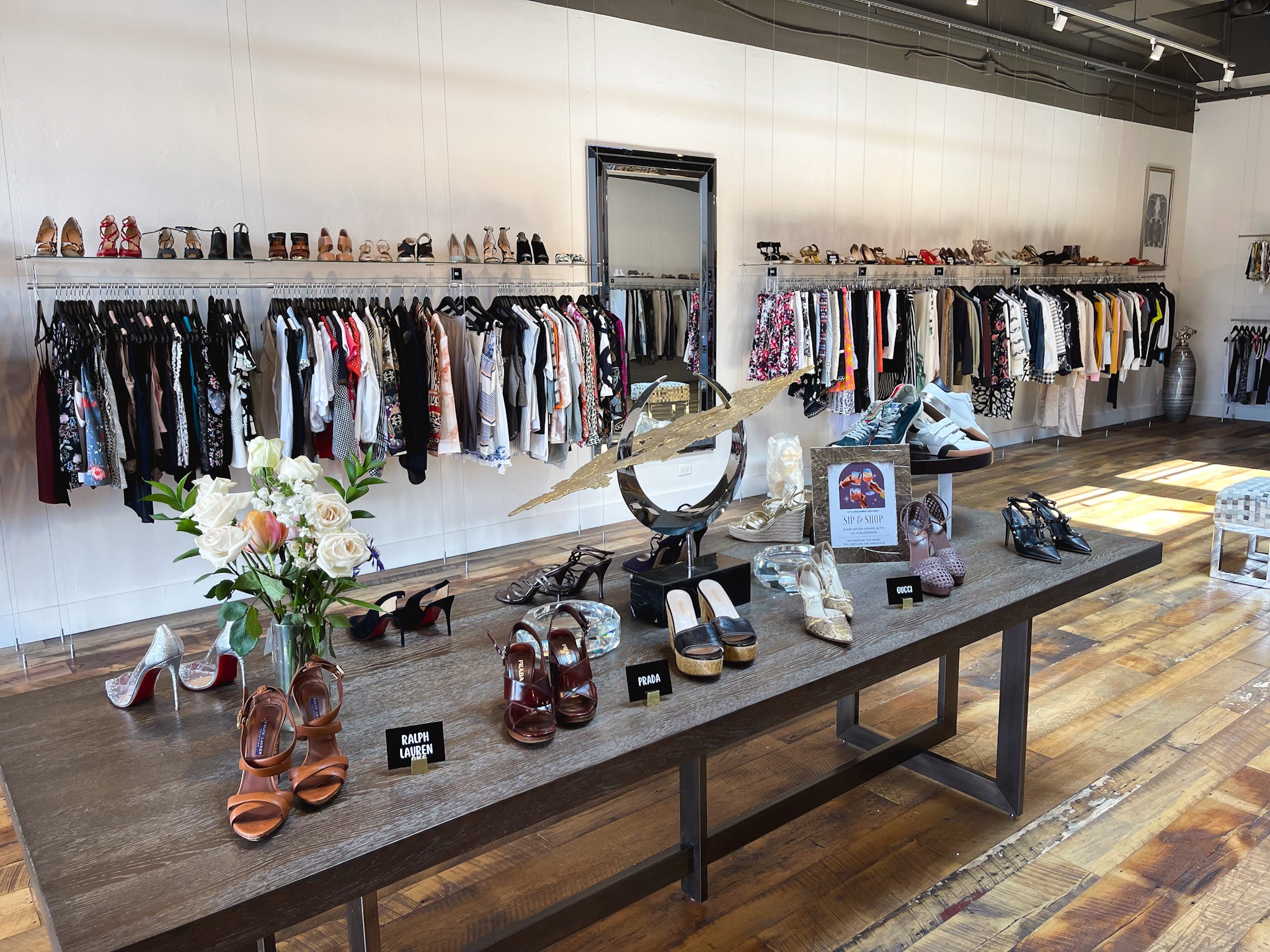Top 10 Essential Item from Your Fave Boutique Fashion Shops
Top 10 Essential Item from Your Fave Boutique Fashion Shops
Blog Article
Checking Out the Advancement and Influence of Clothing on Modern Fashion Trends
The development of clothes has actually significantly affected modern-day fashion trends, combining historical criteria with advanced advancements. Famous figures like Coco Chanel and Yves Saint Laurent revolutionized the garment industry by introducing principles that prioritize convenience and ease of access, which remain to resonate today. Technical strides in locations such as 3D printing and wise textiles are redefining style possibilities and consumer experiences (boutique fashion). Additionally, the growing focus on inclusivity and sustainability is improving industry criteria. As we consider these complex influences, one have to question exactly how these aspects collectively redefine style's role in showing and shaping modern society.
Historic Fashion Influencers
In the tapestry of fashion history, specific numbers have left an indelible mark, forming the patterns and designs that define whole periods. Coco Chanel, a cutting edge designer, redefined ladies's fashion by introducing comfortable, classy clothes that left from restrictive bodices. Her renowned Chanel suit and little black gown have actually become classic staples in closets worldwide. In A Similar Way, Christian Dior's post-war "Make over" in 1947, with its party of femininity with complete skirts and cinched midsections, noted a return to luxury and has actually remained to influence developers.
Elsa Schiaparelli is one more crucial figure, renowned for her avant-garde designs that included surrealist art, working together with Salvador Dalí to develop wayward items that challenged conventional appearances. Her cutting-edge use color and bold patterns reverberates in contemporary fashion. Yves Saint Laurent, meanwhile, equalized high fashion with prêt-à-porter collections, bringing runway designs to the masses and setting a precedent for contemporary ready-to-wear lines.
These dreamers, to name a few, not just transformed fashion in their times however likewise set withstanding fads that reverberate in today's fashion business, supplying a structure whereupon modern designers continue to develop and innovate. Their legacies underscore the relevance of creativity and bold in vogue's ever-evolving story.
Technological Developments in Fashion
In the middle of the dynamic landscape of the fashion business, technological improvements stand at the center of technology, improving how developers create and customers engage with fashion. The assimilation of 3D printing has reinvented design processes, enabling developers to experiment with intricate frameworks and lasting materials that were formerly inconceivable. This modern technology promotes rapid prototyping, decreasing waste and speeding up manufacturing times.

Smart textiles, installing innovation into materials, are likewise transforming the market. Innovations like self-cleaning and temperature-regulating textiles use boosted performance and comfort. Wearable technology, including attributes like fitness monitoring and communication, includes a brand-new dimension to style, combining visual appeals with functionality.
Social Shifts and Style
As technological innovations proceed to improve the fashion business, social changes are similarly significant, redefining style and consumer choices. Recently, the increase of social media sites systems has sped up the circulation of worldwide fashion fads, permitting varied social influences to coexist and assemble. This digital interconnectivity has assisted in the rapid exchange of concepts, resulting in an extra inclusive and diverse interpretation of design that mirrors the multifaceted nature of modern culture.
Cultural recognition and gratitude Resources have actually triggered developers to attract ideas from a broader spectrum of historic and ethnic contexts, integrating traditional themes with contemporary looks. This fusion has resulted in fashion that resonates with a bigger audience, advertising a sense of identification and belonging throughout different demographics. In addition, the raising need for customization has driven brands to supply customizable alternatives, allowing customers to share individuality while reflecting their cultural heritage.
Additionally, moving societal worths have influenced fashion, with inclusivity and variety coming to be central motifs. The sector has begun to accept versions and influencers of different type of body, ethnicities, and gender identifications, tough standard appeal standards. This transformation emphasizes the power of cultural changes in shaping the future of fashion, as style ends up being an extra genuine expression of cumulative and personal identity.
Sustainability and Modern Layout
While the garment industry remains to evolve, the critical for sustainability has actually become significantly immediate, influencing modern-day style practices. This change intends to attend to ecological concerns and moral factors to consider, bring about a reevaluation of typical manufacturing techniques. Designers are currently incorporating lasting products, such as natural cotton, recycled polyester, and biodegradable materials, into their collections, lowering the ecological footprint of style. The rise of sluggish style, which highlights quality over amount, urges customers to spend in timeless pieces instead of short-term trends.
Moreover, contemporary design is defined by its advancement in reducing waste and advertising circularity. This technique not only mitigates environmental impact yet likewise enhances the social duty of fashion residences.

Future Trends in vogue

Sustainability will certainly proceed to be a driving force in forming future fashion trends. The sector is progressively adopting environmentally friendly products and moral manufacturing methods, reacting to an expanding customer need for accountable techniques. Developments such as bio-fabricated materials and closed-loop recycling systems are established to redefine how garments is generated and consumed, minimizing ecological effect while maintaining design and high quality.
Cultural changes, including the rise of inclusivity and diversity, will likewise play a crucial role. As culture comes to be extra familiar with social problems, fashion is anticipated to become a platform for expression and change. Developers will likely concentrate on producing collections that view it mirror a broader series of experiences and identities, championing representation and ease of access.
Conclusion
The advancement of clothes considerably affects modern style fads, where historical impacts combine with contemporary styles. Key figures like Coco Chanel and Yves Saint Laurent have actually redefined style, while technological advancements such as 3D printing and smart textiles increase imaginative possibilities. Cultural shifts towards inclusivity and sustainability urge brands to accept and take on ethical practices diversity. This continuous evolution highlights fashion's function as a mirror to societal worths and technological innovation, suggesting a future abundant with technology and inclusivity.
The development of garments has significantly influenced modern-day style trends, merging historical criteria with sophisticated innovations.Amidst the dynamic landscape of the fashion market, technical advancements stand at the center of technology, improving how developers create and consumers involve with great post to read style.While the fashion market continues to evolve, the vital for sustainability has actually ended up being progressively immediate, influencing modern-day style practices. As sustainability comes to be embedded in contemporary layout, it paves the way for a much more conscious and accountable style industry.
The advancement of garments dramatically affects modern fashion trends, where historic impacts combine with contemporary layouts.
Report this page